Indian Armed forces have well-established training practices, however, these face challenges of keeping pace with new techniques, methodology and also the need for quick training. Simulation or Simulator based training is now in a big way in India, it provides a multi-million dollar opportunity for Indian companies, several of whom are already in the business.
These new challenges include: Rapidly shrinking training areas and firing ranges due to exponential urbanisation and population increase; the advent of expensive high technology driven weapons, platforms, warships, planes and equipment which need to be preserved to ensure longevity and lastly the ever reducing time available for training due to escalating operational commitments.
Any modern force today relies heavily of simulators which mimic real battle-field scenarios — like flying in a fighter jet, monitoring from a bridge of a ship-deck, flying a reconnaissance plane like the Boeing P8I or a helicopter at sea or in the Himalayas. Modern day simulators come with complete feel of flying a real aircraft or firing a real gun or steering a ship.
Describing a simulator is best when you see it as a ‘skills training device’, using a combination of sound, sight, motion and smell to make the user experience an actual situation. It is designed to provide a realistic imitation of the operation of a vehicle, aircraft, or other such weapon or equipment platform or system. For example, for a vehicle simulator, ‘driving’ it includes through changing scenery displayed on the monitor, hearing the engine rumble, the brakes being applied and the noise of metal crunch if he crashes. It prevents putting a multi-million dollar platform at risk and trainees can easily learn the craft.
Scope for domestic industry: The simulator market is growing and since its based on software – of which India is world leader — domestic companies are working at it and making a success. Simulators that can serve both basic and operational training needs – both have separate usage — will be the ones most sought after.
Companies need to come up with flexible solutions to provide live training combined with virtual simulation through networking . Hyderabad based Zen Technologies for instance has already supplied numerous such simulators to the Army for BMP-II, T-72 and T-90.
The Navy’s modern simulators: The Flight and Tactical Simulator (FATS) for Seaking helicopter and the Water Survival Training Facility (WSTF) for aircrew opened in Kochi in 2013. The FATS is designed for Pilots and Observers of Seaking helicopters for initial, and periodic training, it can factor in all scenarios encountered by a Navy pilot including deck landings on different warships, various emergencies, and night flying. The WSTF provides realistic training to crew for escape from a aircraft ditched at sea. The Indian Naval Academy at Ezhimala, near Kannur, has introduced simulator-based training for cadets.
Indian Navy’s Andaman & Nicobar Command at Port Blair has a next -generation simulator including the ability to simulate beaching operations. US aircraft manufacturer Boeing is setting up a P-8 maritime reconnaissance aircraft training suite in India, using a simulator, costing Rs 1949.32 crore. It will be in place by 2021.
IAF’s embrace of technology: The IAF certainly seems to be rather keen in turning to simulation for both basic and operational training purposes. It has simulators on its air bases at Adampur in Punjab, Sarsawa near Saharanpur in Uttar Pradesh and Bagdogra near Darjeeling in West Bengal. These are for Mi-17 helicopters and also the MiG 29 fighter jet. The LCA Tejas already has a full simulation facility. Mahindras, is setting up a simulator for the C-130J Super Hercules military transport aircraft at the Hindon air base near Ghaziabad in Uttar Pradesh. The IAF, has sourced flight training devices (FTDs) for the Dornier-228 and AN-32, a MiG-27 part task trainer besides a fixed base full mission simulator for the Mig-21 from CAE from Canada.
A helicopter academy to train by simulation of flying is in Bangalore. It is 50:50 joint venture of CAE and Hindustan Aeronautics Limited (HAL). It has training devices for helicopters including the HAL Dhruv, Eurocopter Dauphin 365 N3 and the Bell 412P.
Army is gaining : CAE is leading supplier to the Indian Army including an integrated missile simulator for BMP-II and the Arjun main battle tank. Army pilots train at Bangalore for undertaking increasingly complex missions on the Dhruv in the Northern sector. The Army has also procured a Cheetah full mission simulator in the recent past.
Meanwhile, the Army is also on the look-out for computer-based training for UAV operations and for simulators in the electronic warfare (EW) teams. This is perhaps in line with the IAF simulators for sensor packages used in the DRDO-Embraer developed airborne early warning and command (AEW&C) aircraft.
The Indian Army is augmenting driving, gunnery and missile simulators for its armoured units which in themselves represent a huge change as ammunition firing costs crores annually.





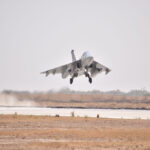
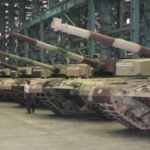
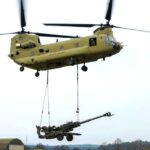
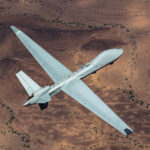
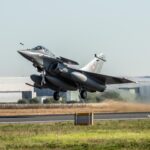





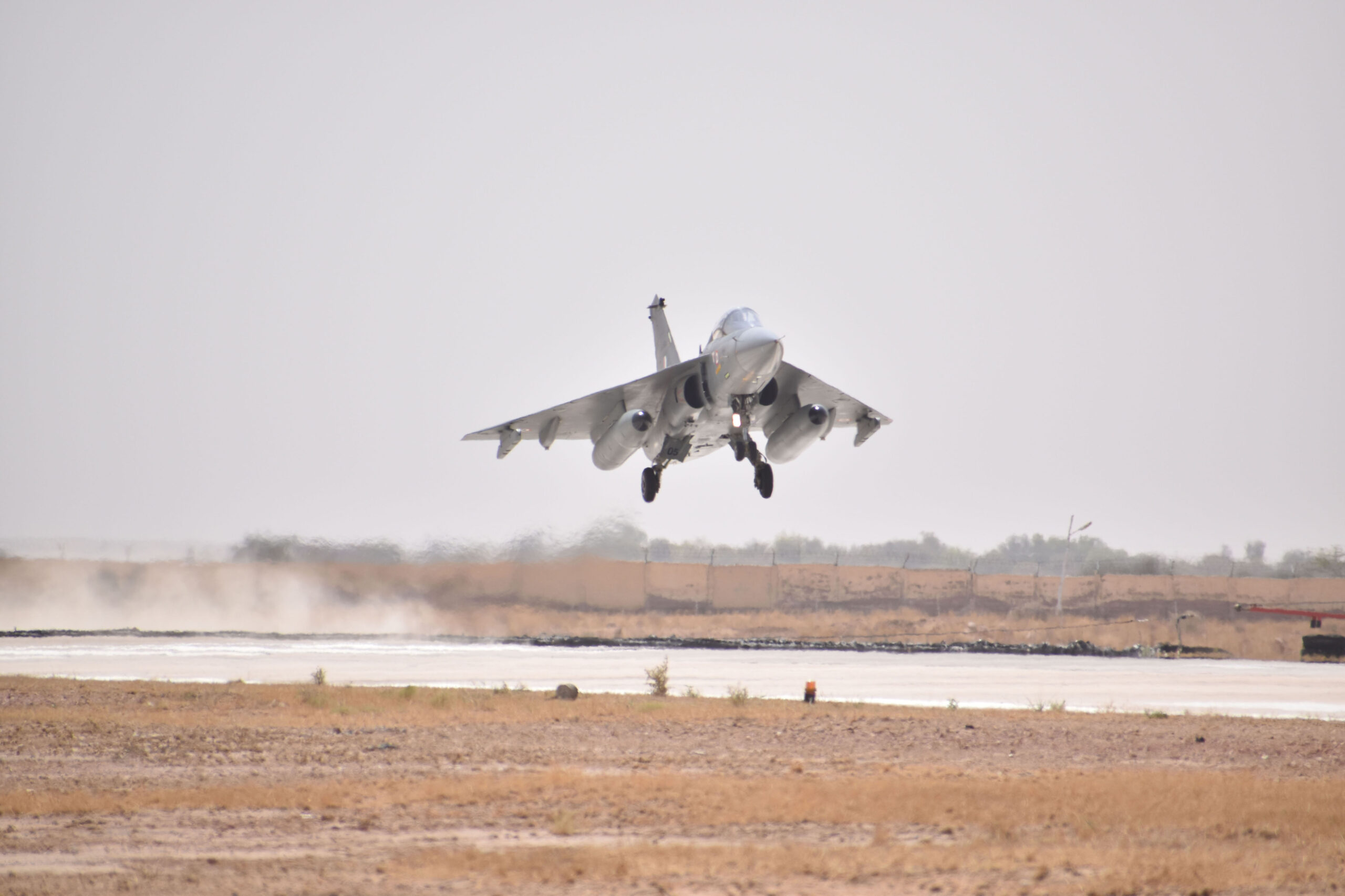
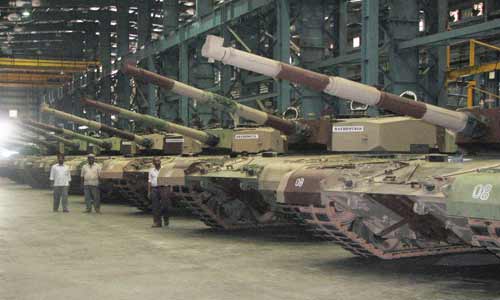
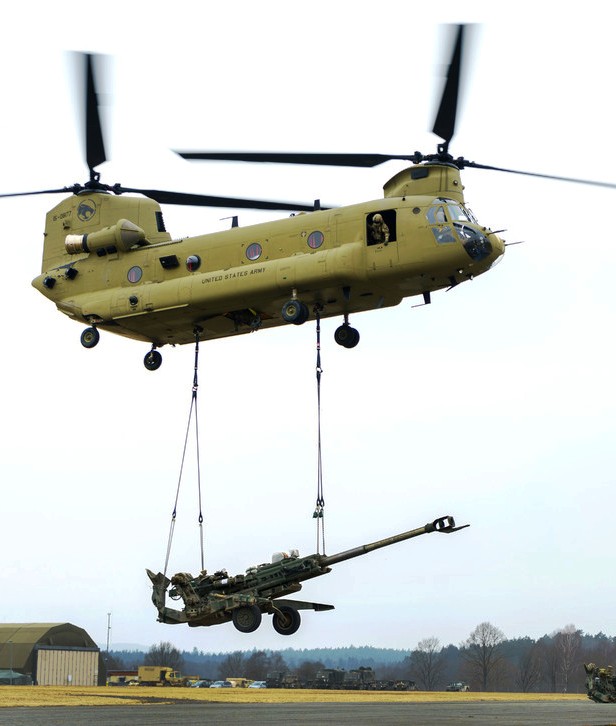
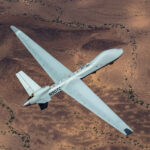
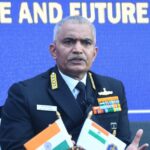
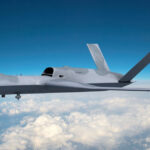
Recent Comments